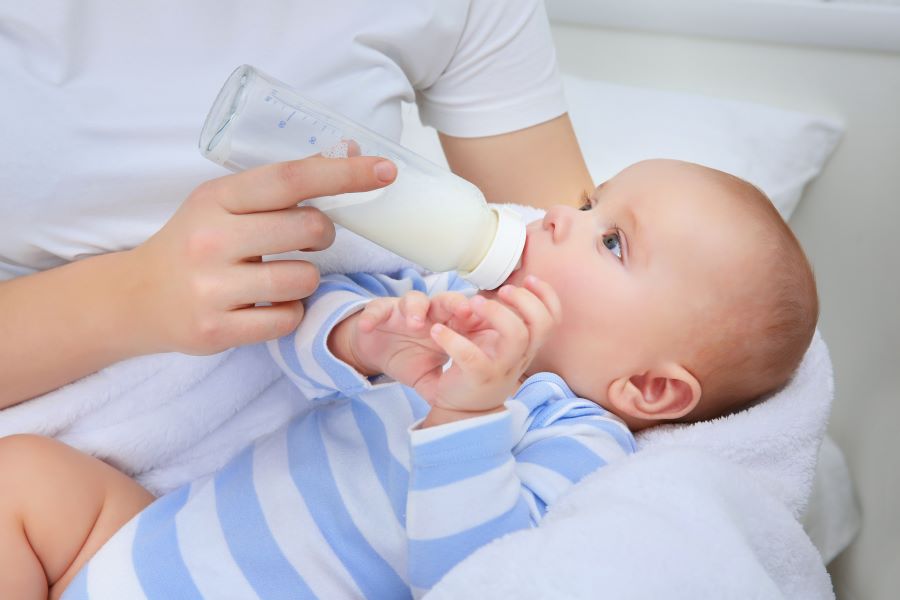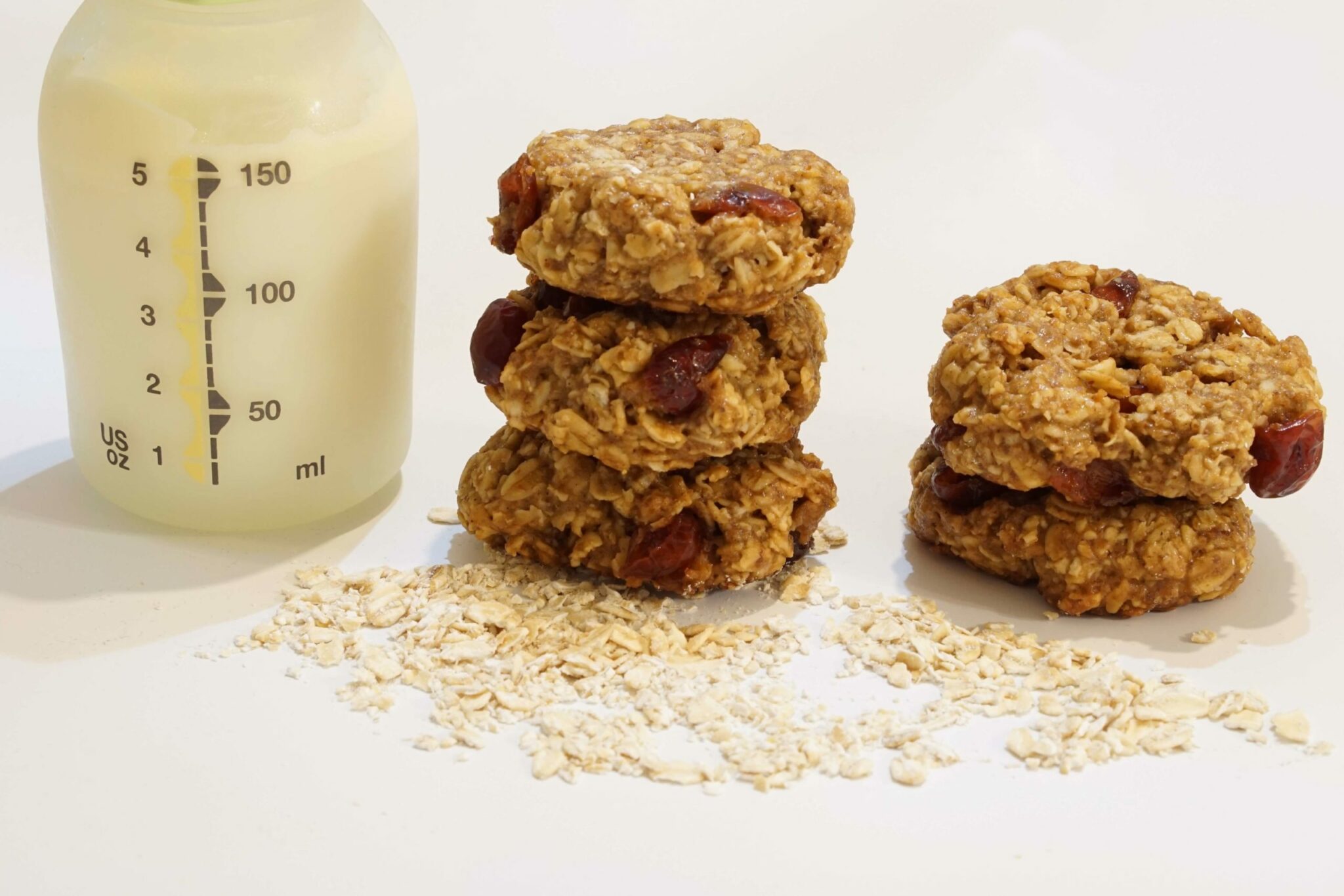How to Relieve Infant gas With a Bottle Nipple


A trip down the bottle aisle of your favorite baby store can be overwhelming. From adjustable-flow nipples to angled-neck bottles, there are many options out there, many of which are aimed at relieving infant gas.
Depending on the nipple you’re using, it could be helping or actually causing issues related to infant gas. This is especially true for babies who have a slower-flow nipple. If the flow is too slow, your baby may feel like he or she has to work harder to get the formula. As a result, your baby might take in too much air, causing gas.
If you are feeding your baby with a slow-flow nipple and having issues with discomfort from gas, consider switching to a medium- or high-flow nipple in a step-wise fashion. If you see formula flowing around your baby’s mouth after switching, or the baby seems to be choking due to the flow, the formula may be flowing too fast. As your baby gets older, they are more comfortable with a faster flow as they now have better control over their suck and swallow.
Nipple venting
Some infant nipples have extra venting, which means they have more holes in the nipple to allow air’s release. If your baby seems especially gassy, a vented nipple may reduce gas symptoms. Do not attempt to vent the nipple yourself with a needle or scissors.
Other nipples or bottles may have a special valve that moves with the bottle to prevent excess air. Either approach can help reduce a baby’s gas.
Latching
Another consideration is how well your baby is latching onto the bottle. A good latch around the bottle’s nipple is important because a poor latch may allow extra air into your baby’s stomach. Characteristics of a good latch around a baby bottle are similar to those of a good latch when breastfeeding and include:
Baby’s top and bottom lip should be out over the bottle, much like fish lips. The lips should not be tucked under or in during feeding.
Baby’s lips appear to be relaxed.
Baby should have his or her her mouth around enough of the nipple, typically to the base of the bottle where the nipple isn’t visible.
Sometimes it can take trial-and-error with bottle nipples to determine what option works best for your baby. Borrowing a few bottles from friends is perfectly acceptable as you figure out which one works well for your baby.
Things to remember
Sometimes the nipple or bottle isn’t as much the cause of your infant’s gas as how you are holding him or her during feedings. Your baby’s head should be higher than the stomach during a feeding. You’ll also want to carefully look at the bottle nipple to ensure you can’t see visible air in the tip.
Also, you’ll want to make sure you’re burping your baby enough during a feeding. As a general rule, you’ll want to burp your baby roughly every 3-5 minutes then again after they are done with their meal.
Sources:
- American Pregnancy
- Breastfeeding Latch.
KidsHealth: Formula Feeding FAQs - Some Common Concerns.
Neighborhood Pediatrics - The Cause and Treatment of Infant, Newborn, and Baby Gas Problems.
Powered by Bundoo®










































